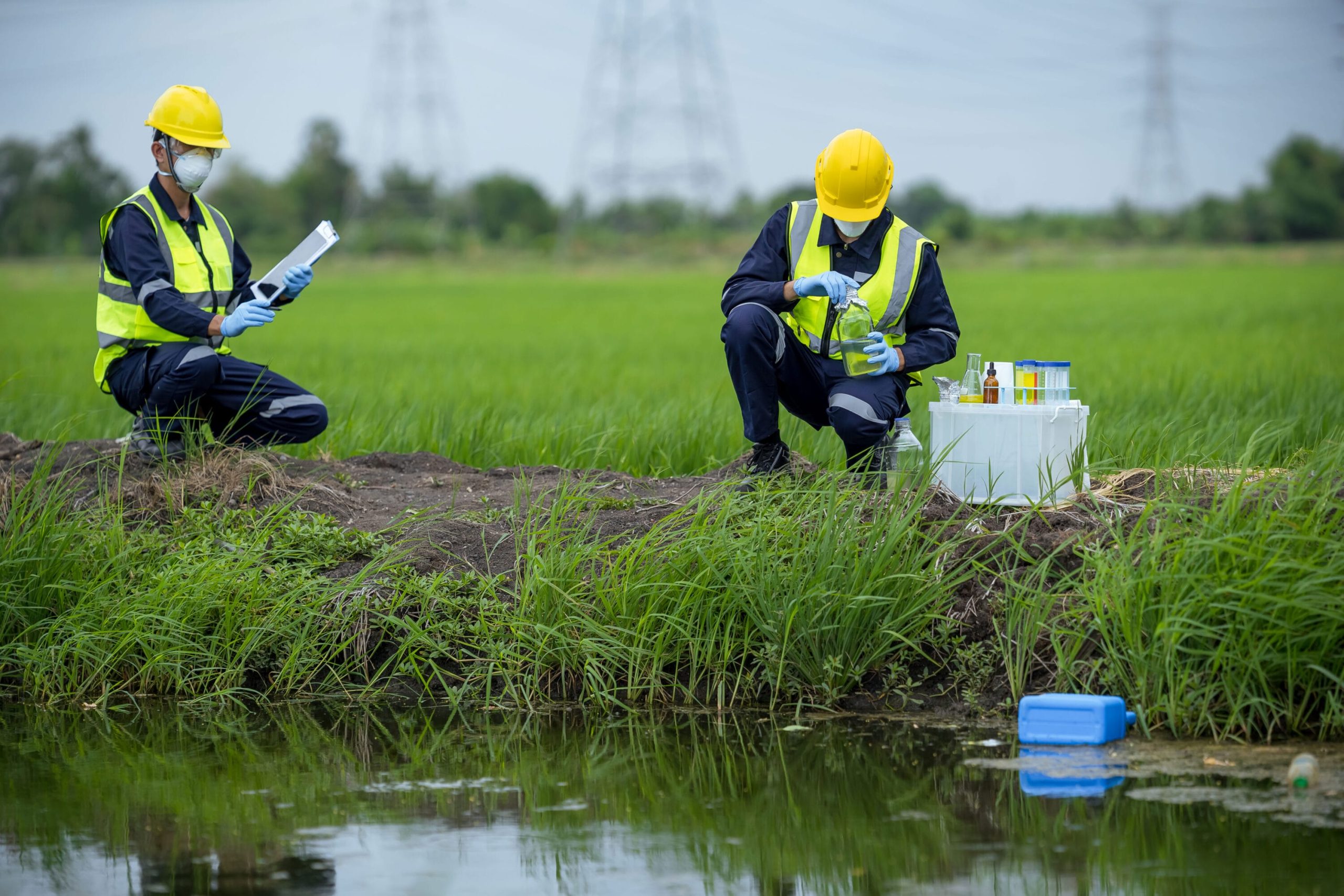Environmental challenges such as pollution, chemical spills, and contaminated soil have grown in scale and complexity. Environmental remediation plays a critical role in restoring ecosystems, safeguarding human health, and ensuring sustainable development. Fortunately, technological advancements are transforming how these processes are carried out — making them more efficient, cost-effective, and sustainable. This article explores how technology can improve environmental remediation processes, including innovations in emergency water damage restoration, and how these changes benefit both the environment and communities.
What Is Environmental Remediation and Why Does It Matter?
Environmental remediation refers to the removal of pollutants or contaminants from soil, groundwater, surface water, or other affected areas to restore them to a safe condition. Without remediation, harmful chemicals and toxins can persist in the environment for decades, damaging ecosystems and impacting human health.
Traditional remediation methods often involve heavy machinery, long timelines, and extensive manpower. However, these processes can be costly and slow. This is where modern technology plays a transformative role, enabling faster, safer, and more efficient cleanups.
How Are Emerging Technologies Changing Environmental Remediation?
Advances in technology are introducing smarter solutions for environmental remediation. Let’s examine the most impactful innovations.
- Remote Sensing and Geographic Information Systems (GIS)
Remote sensing and GIS technology allow experts to monitor contaminated sites without physically entering dangerous areas. Using satellite imagery, drones, and sensors, specialists can track pollution levels, map affected zones, and create detailed site models. This improves decision-making and ensures targeted remediation, reducing time and resources spent on unnecessary work.
- Artificial Intelligence (AI) and Machine Learning
AI and machine learning systems can analyze vast amounts of environmental data to detect pollution trends and predict contamination spread. These tools enable real-time decision-making during remediation projects, ensuring faster intervention and improved outcomes. AI algorithms can also optimize remediation strategies to achieve better efficiency and lower costs.
- Advanced Filtration and Bioremediation Techniques
Modern filtration systems and bioremediation use natural processes to treat contaminants more sustainably. For example, bioengineered microorganisms can break down pollutants into harmless substances, reducing the need for harsh chemicals. Innovations in filtration materials, such as nanotechnology-based filters, enhance the removal of heavy metals and toxins from water and soil.
- Automation and Robotics
Robots equipped with sensors and AI are increasingly used in environmental cleanup, especially in dangerous or inaccessible locations. These robotic systems can perform tasks such as sampling, excavation, and contaminant removal with precision, reducing human exposure to hazards and speeding up the remediation process.
- Real-Time Environmental Monitoring
Sensors placed in the field can continuously monitor pollution levels and environmental conditions. This real-time monitoring helps remediation teams quickly detect changes, address issues before they escalate, and maintain safety throughout the cleanup process.
How Technology Enhances Emergency Water Damage Restoration
Emergency situations, such as floods or pipeline leaks, require quick and effective action to minimize environmental harm. Emergency water damage restoration is an important component of environmental remediation, and technology plays a vital role in improving its speed and efficiency.
Early Detection Through IoT Sensors
IoT (Internet of Things) sensors can detect leaks, floods, or water contamination in real time. These sensors send instant alerts to restoration teams, enabling them to respond before damage spreads. Early detection reduces both environmental impact and restoration costs.
Drones for Site Assessment
Drones equipped with high-resolution cameras and sensors can survey flood-affected areas quickly. This allows restoration teams to assess the extent of damage, prioritize tasks, and deploy resources more effectively.
Automated Drying and Filtration Systems
Advanced drying equipment and filtration systems can extract water and purify it simultaneously. These technologies not only restore damaged structures but also prevent contamination of groundwater and soil, ensuring a sustainable remediation outcome.
Data-Driven Restoration Planning
AI-powered platforms analyze data from sensors, drones, and environmental databases to develop precise restoration plans. This reduces trial-and-error approaches, shortens timelines, and increases restoration success rates.
What Are the Benefits of Technology in Environmental Remediation?
The integration of technology in environmental remediation delivers numerous benefits:
- Speed: Automated systems and real-time monitoring shorten cleanup timelines.
- Cost Efficiency: Technology reduces manpower needs, limits errors, and optimizes resource use.
- Safety: Remote monitoring and robotics minimize human exposure to hazards.
- Accuracy: Data-driven approaches target remediation efforts precisely, ensuring better results.
- Sustainability: Eco-friendly methods like bioremediation reduce environmental footprints.
How Is Ideal Response Leading the Way in Technological Environmental Remediation?
At Ideal Response, we integrate cutting-edge technology to enhance environmental remediation processes. Our use of AI-driven monitoring, automated restoration equipment, and innovative bioremediation techniques allows us to respond swiftly and effectively to environmental emergencies.
For example, during an emergency water damage incident, Ideal Response deploys IoT sensors and drone technology to assess the situation instantly. This enables our restoration teams to act with precision and minimize environmental damage.
Our approach ensures that remediation projects are not only faster but also safer and more sustainable — meeting the highest standards of environmental protection.
What Is the Future of Technology in Environmental Remediation?
The future of environmental remediation will rely heavily on continued technological innovation. We can expect:
- Enhanced AI analytics for predicting environmental risks before they occur.
- Greater use of automation and robotics for faster, safer cleanups.
- Integration of renewable energy into remediation processes for eco-friendly operations.
- Advanced materials capable of neutralizing a broader range of pollutants.
As technology evolves, environmental remediation will become even more efficient, cost-effective, and sustainable.
Conclusion: Why Embracing Technology in Environmental Remediation Is Essential
Environmental contamination is a global challenge that demands quick, effective, and sustainable solutions. Technology offers the tools to transform environmental remediation into a smarter, faster, and safer process. By incorporating AI, robotics, remote sensing, and advanced filtration systems, we can address environmental issues more effectively while preserving the health of our planet.
For organizations and communities facing contamination challenges or urgent emergency water damage restoration needs, leveraging technology is no longer optional — it’s essential.

